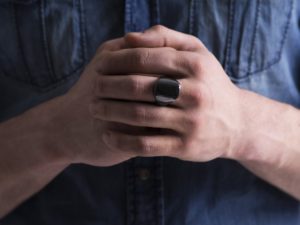It’s week two of our four-part series around World Health Day. The theme for this year’s campaign is “Our Planet, Our Health”, urging us to take action to protect both ourselves and our environment. Last week we discussed the benefits of movement, and this week I want to talk about how connection – particularly self-connection – can improve our wellbeing.
Self-connection in a world of distraction
In a world that is full of distractions, it can be easy to lose sight of what you really want. Self-connection is about being aware of your physical, emotional, and spiritual needs, and the measures you take to honour them. Identifying these needs will prevent you from compromising or suppressing aspects of yourself, helping you to focus on doing the things that make you feel good. There are three things you can do when feeling disconnected:
- Place yourself in the moment. It’s fun to let our imaginations run wild, but visualization is a double-edged sword. Sometimes, we get so caught up thinking about past events or what might happen in the future, that we forget that we live in the present. Stop and look around – wherever you are – and focus on the things that exist to you right now.
- Be aware of your body. Our minds have the power to dictate what we feel physically; for example, we sweat when nervous or get butterflies when excited. We don’t often pay attention to what the body feels on its own, without influence from our thoughts. Close your eyes, choose a part of your body to focus on, and observe the different sensations in that area.
- Listen to your surroundings. When you focus your hearing on what is happening around you, you can block out that inner monologue, the voice in your brain that talks to you and tells you how to feel. Bring forward the listening part of your mind by closing your eyes and paying attention only to what you can hear outside of your body.
Making connections
There are many different types of connection: to self, to other people, animals, nature, meaningful work, purpose, values. When we connect, neurotransmitters signal the release chemicals such as oxytocin and dopamine, which make us feel good. These positive interactions don’t just bring us joy, they challenge us, keeping our brains stimulated and our bodies healthy.
So, what will you do to feel connected?
Wellbeing Resources
Have you checked out our brand new podcast yet? Helping you beat burnout and have more fun.
For more great wellbeing content, follow us on social LinkedIn and Facebook and Instagram
Interested in finding out what your health IQ is? Take the Health IQ test, and get a free 39-page report built around our six signals: sleep, mental health, energy, body composition, digestion, and fitness.


